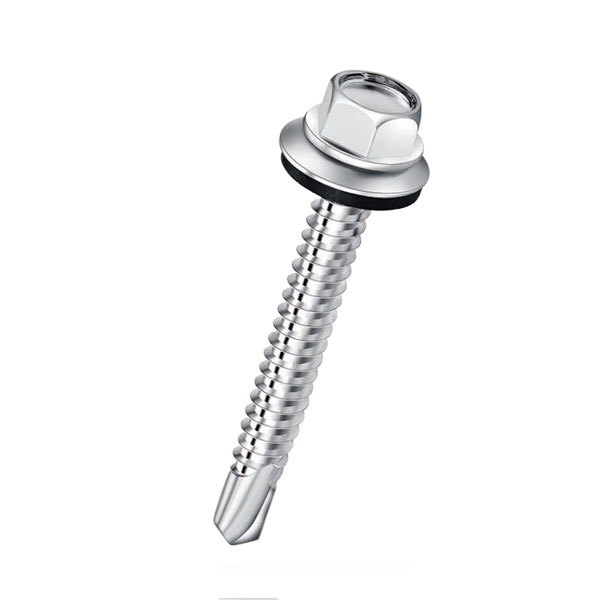self tapping screw vs self drilling screw pricelist
Understanding the Differences Self-Tapping Screws vs. Self-Drilling Screws
When it comes to fastening materials, screws are one of the most commonly used fasteners in both construction and DIY projects. Among the wide variety of screws available, self-tapping and self-drilling screws are particularly noteworthy. Though they may seem similar, they serve different purposes and come with distinct features. This article will explore the differences between self-tapping screws and self-drilling screws, their pricing, and applications to help you make informed decisions for your projects.
What Are Self-Tapping Screws?
Self-tapping screws are designed to create their own thread in the material they are being driven into. These screws have a sharp tip that helps them penetrate materials like wood, metal, or plastic without needing a pre-drilled hole. Self-tapping screws typically have a pointed end that gouges into the substrate, threading itself as it is driven in. They come in various sizes and coatings, making them versatile for different applications.
One of the primary advantages of self-tapping screws is their ease of use. Because they do not require pre-drilling, they save time during installation. They are particularly effective in softer materials. However, when used in harder materials, the risk of stripping the screw head increases. This is where choosing the right type of self-tapping screw is critical.
What Are Self-Drilling Screws?
Self-drilling screws take the concept a step further. These screws feature a drill bit-like point that allows them to create both the hole and the thread in one action. This all-in-one capability makes self-drilling screws ideal for applications involving metal, particularly when working with thicker gauge steel or aluminum. With self-drilling screws, there is no need for pre-drilling, similar to self-tapping screws, but they are typically more robust and suited for demanding tasks.
Self-drilling screws are especially favored in construction and roofing applications, where they are used to attach metal sheets and structural elements. Their unique design can drill into thick materials quickly, providing a strong hold without the risk of bending or breaking.
self tapping screw vs self drilling screw pricelist

Price Comparison
When considering the price of self-tapping screws versus self-drilling screws, several factors come into play. Generally, self-drilling screws tend to be more expensive than self-tapping screws due to their added functionality and the complexity of their design. The cost can vary significantly based on the material, size, coating, and brand.
For non-specialized projects involving wood or plastic, self-tapping screws might be the more economical choice. Conversely, for metal applications or situations where time and efficiency are critical, investing in self-drilling screws could save money in the long run, as they reduce labor time and potentially increase durability.
Choosing the Right Screw
The decision to use self-tapping versus self-drilling screws ultimately depends on the specific requirements of your project. If you're working primarily with wood or lighter materials, self-tapping screws are likely your best bet. However, for metal applications, particularly in construction projects where strength and reliability are paramount, self-drilling screws are the superior choice.
Conclusion
In conclusion, both self-tapping screws and self-drilling screws offer unique benefits suited to specific tasks. Understanding these differences can help you select the right fastener for your needs, ensuring efficiency and effectiveness in your projects. While self-tapping screws might present a cost-effective solution for light materials, self-drilling screws provide a powerful option for tougher applications. Always weigh the pros and cons, considering both the cost and material characteristics, to make the most informed decision for your next building endeavor.
-
Top Choices for Plasterboard FixingNewsDec.26,2024
-
The Versatility of Specialty WashersNewsDec.26,2024
-
Secure Your ProjectsNewsDec.26,2024
-
Essential Screws for Chipboard Flooring ProjectsNewsDec.26,2024
-
Choosing the Right Drywall ScrewsNewsDec.26,2024
-
Black Phosphate Screws for Superior PerformanceNewsDec.26,2024
-
The Versatile Choice of Nylon Flat Washers for Your NeedsNewsDec.18,2024










